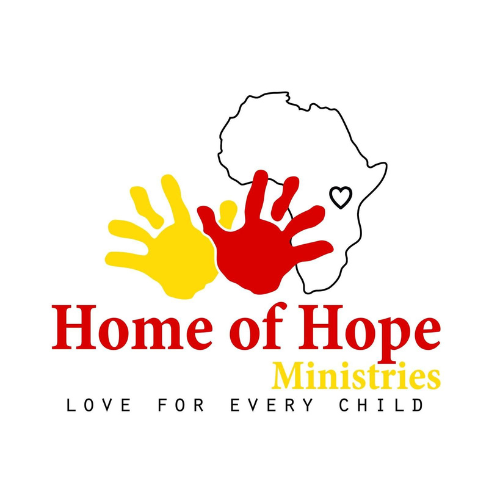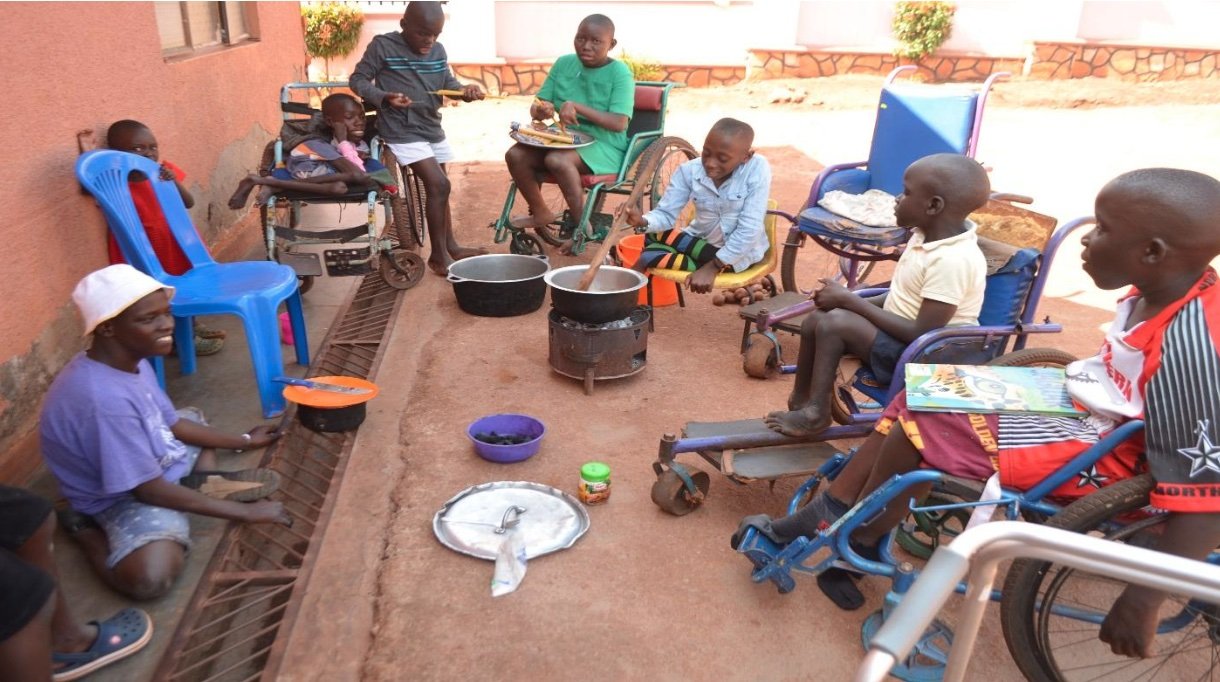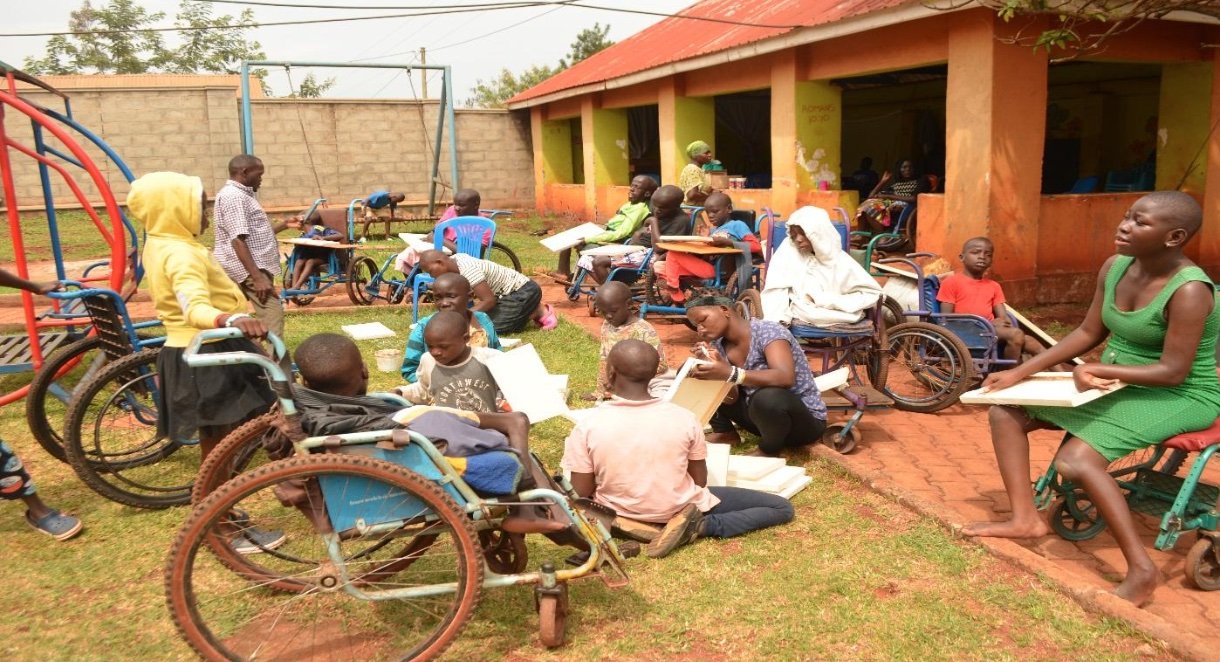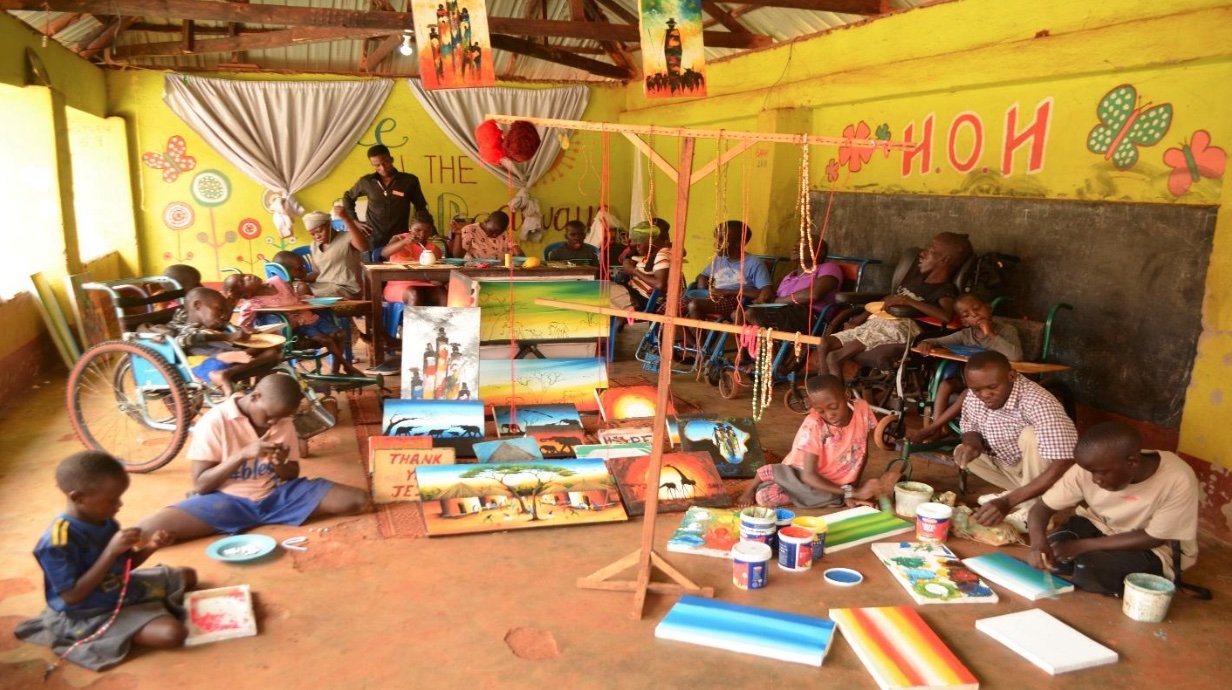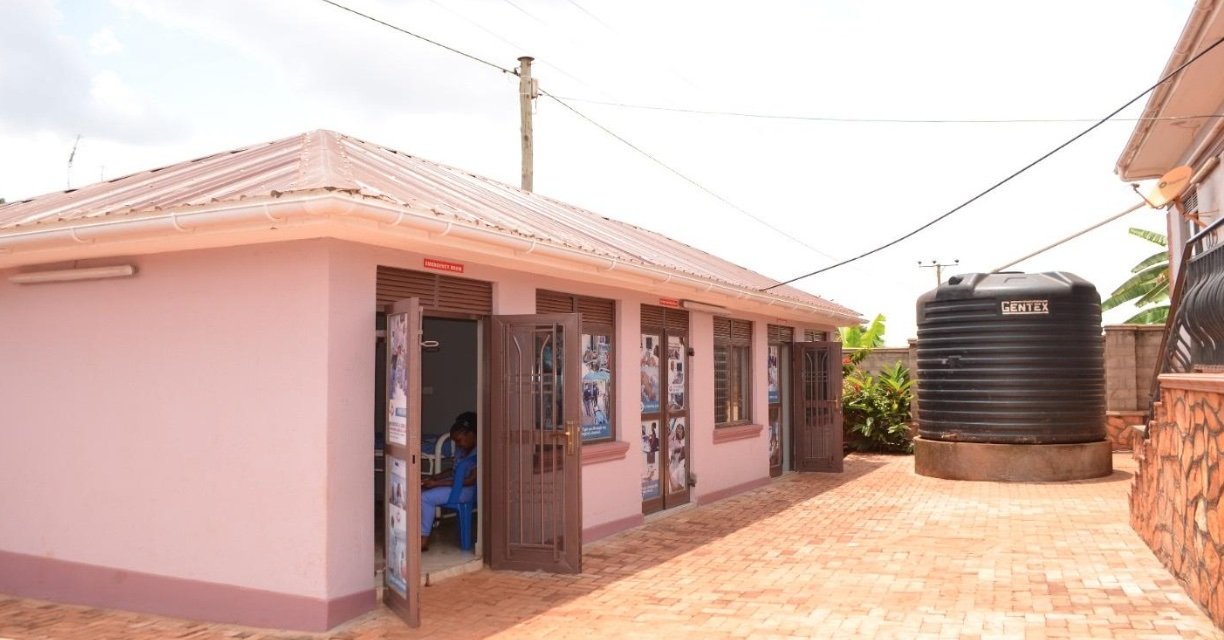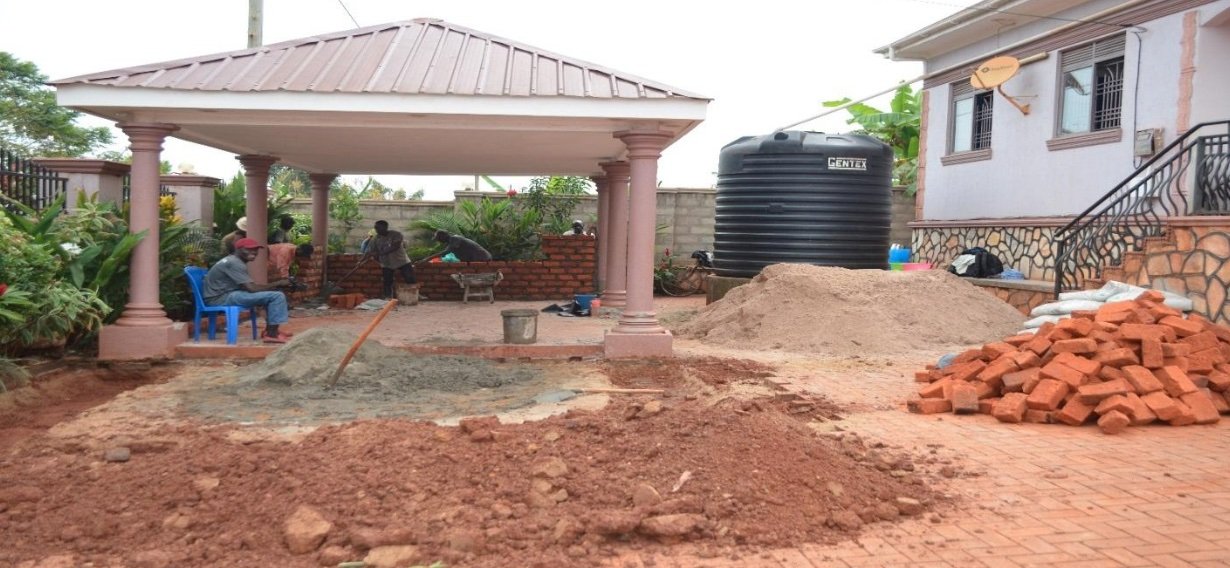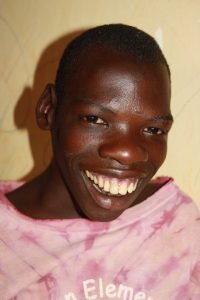Celebrating Health, Expansion, and Community Care in August of 2023
/August brought warmth and togetherness to Home of Hope and neighboring areas, counties, and communities. We have also extended our Derrick and Emily Medical Center to further service our community, and our children are learning important skills to further our mission of giving them a prosperous life.
Take a look at all the continuous labor of love our staff pours!
Successful Outreach Clinics in Busede and neighboring counties
In this picture, our compassionate social worker, Sharifa, is doing what she does best - listening, empathizing, and responding. 🙏 Participants had the opportunity to share their concerns and experiences with caregivers, creating a safe space for open dialogue. 🌐💙
Meet Steven, our dedicated social worker, guiding a new client through a counseling session.
Building Independence and Crafting Bright Futures
At Home of Hope, our key objective is to empower disabled children, especially those with multiple disabilities, to blossom into independent young adults. We believe in the power of practical life skills! Activities like cooking and doing laundry aren't just chores; they're opportunities for growth. They increase team-building and cooperation, along with confidence and self-esteem. By mastering these everyday tasks, our incredible children are on a journey to becoming self-sufficient, confident individuals ready to take on the world.
Also, the children of Home of Hope are not just dreamers; they are artists in the making! Through art, they're not only expressing their creativity but also strengthening their capabilities.
These art pieces also serve as a source of income, meeting some of the children's needs. We believe in nurturing their talents and dreams, proving that possibilities are endless when you have a canvas of hope.
Expanding Horizons for Better Health
Exciting news from Home of Hope in Uganda! In response to the growing demand for vital healthcare services, we've taken a significant step forward. Our Derrick and Emily Memorial Medical Center was bursting with dedication, but space constraints limited us. Not anymore!
Through relentless effort and your support, we've transformed what was once a shade into a hub of healing. Our center now includes an emergency room, ultrasound section, and dental section. By creating more space and upgrading our facilities, we've enriched our services, enhancing the overall healthcare experience for our community.
